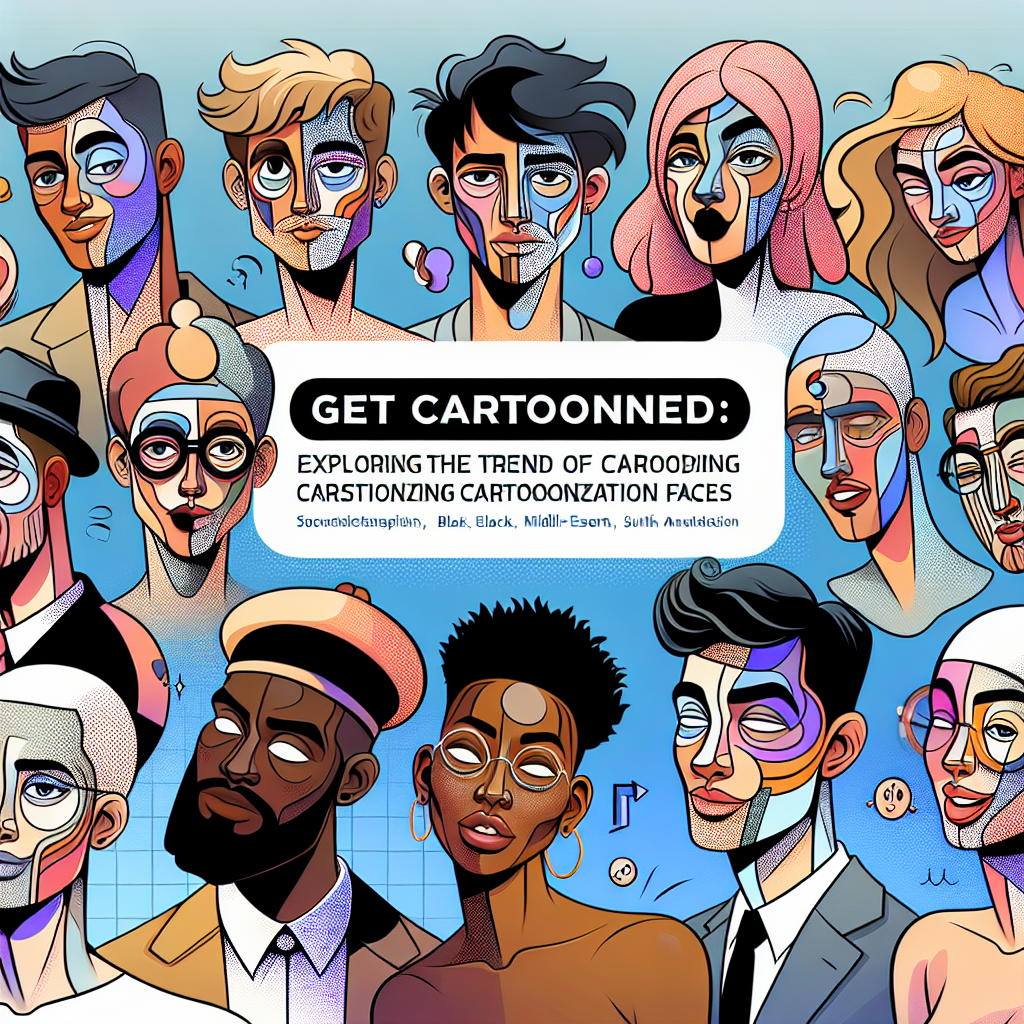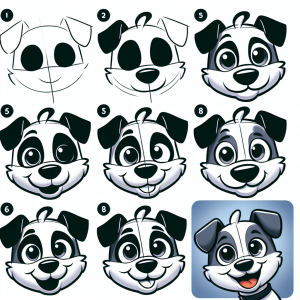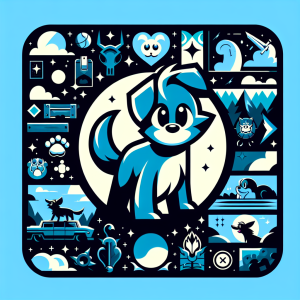Are you a fan of the trend of cartoonizing faces? Whether it’s through social media filters or custom illustrations, the trend of getting cartooned has become more and more popular in recent years. In this article, we’ll explore the phenomenon of cartoonizing faces, how it’s achieved through HTML, and the impact it’s having on digital art and visual communication.
What is Cartoonizing Faces?
Cartoonizing faces is the process of transforming a real-life photo or image into a cartoon-style rendering. This can be achieved through various methods, including digital filters, illustration software, and even hand-drawn techniques. The result is a whimsical, often exaggerated version of the original face, with exaggerated features, bold outlines, and vibrant colors.
The trend of cartoonizing faces has gained momentum through social media platforms like Instagram and Snapchat, where users can apply cartoon-style filters to their selfies and share the results with their followers. This has led to a rise in demand for custom cartoon illustrations, as individuals seek to have their own unique cartoon avatars for their online profiles.
How is Cartoonizing Faces Achieved in HTML?
One of the most popular methods for cartoonizing faces in HTML is through the use of CSS filters. CSS filters allow developers to apply visual effects to HTML elements, including images. By using a combination of blur, brightness, contrast, and saturation filters, it’s possible to achieve a cartoon-style effect on a real-life photo or image.
Another approach to cartoonizing faces in HTML is through the use of JavaScript libraries and frameworks, such as HTML5 Canvas or SVG. These tools provide developers with the ability to manipulate images and create custom visual effects, including cartoon-style rendering. By leveraging the power of these technologies, it’s possible to create dynamic and interactive cartoon avatars directly in the browser.
The Impact of Cartoonizing Faces on Digital Art and Visual Communication
The trend of cartoonizing faces has had a significant impact on digital art and visual communication. It has opened up new opportunities for artists and illustrators to showcase their skills and reach a wider audience. Custom cartoon avatars have become a popular form of personal branding, allowing individuals to express their personality and style in a fun and creative way.
In addition, the trend of cartoonizing faces has sparked a renewed interest in traditional illustration techniques. Many artists are exploring new ways to combine digital and hand-drawn elements to create unique and captivating cartoon-style portraits. This fusion of traditional and digital art has resulted in a fresh and innovative approach to visual storytelling and self-expression.
Furthermore, cartoonizing faces has become a form of visual language in its own right. Cartoon avatars are being used as a means of communication, with individuals using them to express emotions, convey messages, and interact with others in a lighthearted and engaging manner. This has led to a shift in how we perceive and engage with visual content, as cartoon avatars have become a ubiquitous and relatable form of self-representation.
FAQs
1. Can anyone cartoonize their face in HTML?
– While the process of cartoonizing faces in HTML does require some technical knowledge, there are many resources and tutorials available online that can guide you through the process. With a bit of patience and practice, anyone can learn how to create their own custom cartoon avatars using HTML and CSS.
2. Are there any copyright or licensing issues to consider when cartoonizing faces?
– It’s important to be mindful of copyright and licensing issues when cartoonizing faces, especially if you’re creating custom avatars for commercial use. If you’re using a photo or image that isn’t your own, be sure to obtain the proper permissions or licenses to avoid any potential legal issues.
3. What are some popular tools and resources for cartoonizing faces in HTML?
– There are several popular tools and resources that can help you cartoonize faces in HTML, including CSS filters, JavaScript libraries, and online tutorials. Some popular tools include SVG.js, Paper.js, and PixiJS, which offer a range of features and functionalities for creating dynamic and interactive cartoon avatars.
In conclusion, the trend of cartoonizing faces has brought a new level of creativity and playfulness to digital art and visual communication. With the power of HTML and CSS, anyone can learn how to create their own custom cartoon avatars and explore the endless possibilities of cartoonizing faces. Whether it’s for personal expression, branding, or simply for fun, cartoon avatars have become a vibrant and engaging form of visual communication in the digital age.








+ There are no comments
Add yours